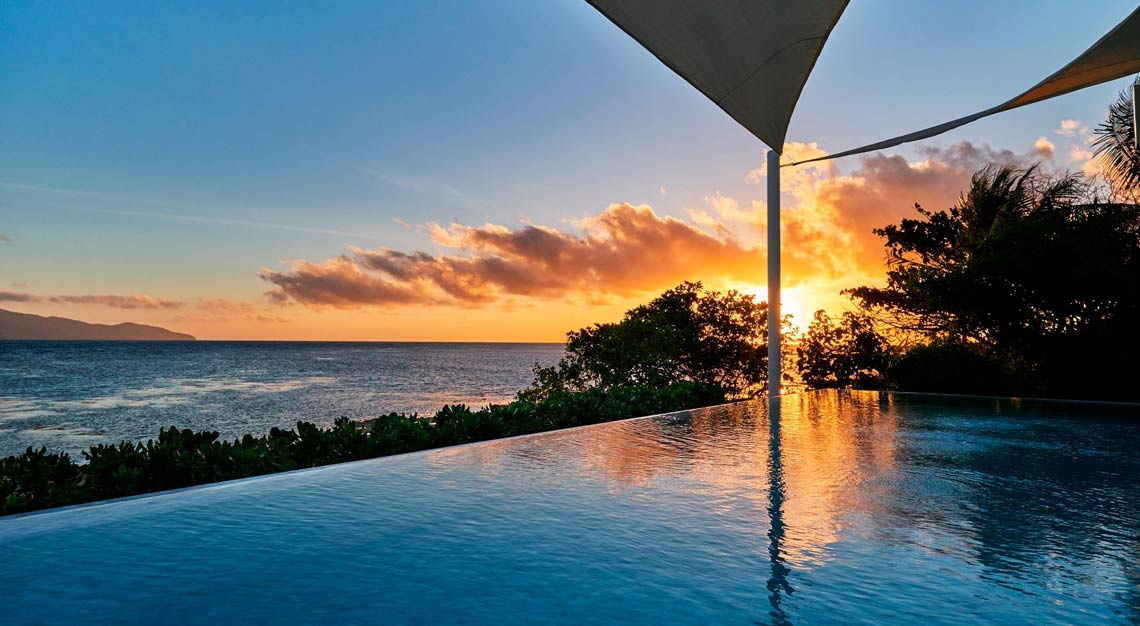For six days, the self-guided Kunisaki Wayfarer tour will take you on the off-the-beaten path once trodden by monks, through rugged forest trails, remote country lanes and the occasional small hamlet
Editor’s note: See other Escape Plan stories here.
It’s almost dinner but it’s time for a hot bath. I’d just walked 14.5 kilometres through countryside and temples, and believe it or not, the onsen was calling my name. While it’s not my usual practice to make eye contact at a Japanese hot spring—much less, conversation—with strangers, I end up talking anyway. A woman in her sixties, who speaks English better than I do Mandarin, tells me about living the slow life in this part of Kyushu and how much she enjoys it compared to her hometown of Osaka. “It’s way too crowded over there,” she says.

It isn’t every day I get to visit a part of Japan so hidden from the rest of the world. Japan’s southernmost island of Kyushu, sedated with natural beauty and a seductively laidback tempo, is an island that’s often overlooked by visitors. History and legend were made here, from the Samurai rebellion to the Shinto sun goddess that illuminates its land. Filled with active volcanos that heat its many great hot springs, Kyushu’s Oita Prefecture is home to the most number of hot springs in the world. But there’s more to do than to get in hot water with strangers, even in a December that’s way colder than usual.
“I have travelled far and wide in Japan and Oita is hard to beat for its wide range of attractions. It has a wide range of food from three different seas, mountains and rivers, and it has exceptional scenery,” says Paul Christie, the CEO of Walk Japan. “The sheer variety of stimuli I find on the Kunisaki Peninsula makes sure I always look forward to going home.” Christie, who joined the company as a tour leader in 1997, left London for Kunisaki in 2002 and never looked back.

Walk Japan, as its name suggests, is the pioneer of walking tours in the country, and has been providing the best exploring since 1992. It prides itself on an intimate knowledge of the country and close relationships with local businesses, so one can see why Walk Japan’s tours are so popular with adventure-seekers who are curious about seeing the country up close and personal. Many count on the tour leaders who come from Japan and all over the world—educated and humorous people who are highly proficient in Japanese and English—but their self-guided tours are just as wonderful, especially if you’re craving for independence and quiet.
The six-day self-guided Kunisaki Wayfarer, which I am on, is one way to fix that craving. Running for most of the year (January to June and September to December), it takes the off-the-beaten path once trodden by monks, through rugged forest trails, remote country lanes and the occasional small hamlet. Launched in the spring of 2023 and already a popular choice in a short span of time, it is great for the “independently minded seasoned traveller who already has familiarity with Japan,” as Christie would say.

But that shouldn’t deter anyone who is up for a challenge—physically and mentally. Jamie Dwyer, Walk Japan’s self-guided tour development manager and tour leader, always aims to meet the expectations of a wide range of participants. “Often when leading a tour, you are so caught up in providing a contextually relevant narrative while walking, arranging logistics and answering a plethora of questions throughout the day. You do not have as much capacity to fully immerse yourself in the walk. So I learned a lot about Kunisaki while researching for the itinerary, and tried to walk it from the perspective of a hundred different types of walkers,” he explains.
The self-guided booklet presented to you on day one is developed with this range in mind, and it is constantly scrutinised for updates. While the recommended course attempts to meet the needs of the average participant, someone who walks at a medium pace, there is always the option of a more relaxed or challenging option for each day. The tour begins with a six-hour hike through the deep countryside of Kunisaki, where you will take yourself through a View-Master of deities, rice paddies and forest greens, before you’re back at Fuki-ji Temple, a national treasure that dates back to the 12th century. Depending on how your legs feel, the tour does get more challenging by the day, taking you to a trail skirting around Mount Yayama to Choan-ji, formerly Kunisaki’s most powerful temple, a demanding climb up Mount Inomureyama, undulating hikes through remote forests, and more.

At most, you’ll be walking 73 kilometres over five days, with luggage and private vehicle transfers in between. If you choose to explore Kunisaki alone like me, it can occasionally feel like you’re being dumped in the middle of nowhere and at times, you can feel a little lost. But with the booklet as your bible and a good eye for detail and direction, you will get through the journey. In times of need, there is 24-hour emergency support just a phone call or WhatsApp message away.
The tour will end on Himeshima Island, home to 1,900 people and the delicious kurama ebi (Japanese tiger prawn) that’s typically eaten alive with soy sauce. Try it at dinner at the Yachiyokan Inn, your accommodation for the night, where you will be nourished with the same incredible food, warmth and hospitality exhibited from day one. If it weren’t for the kind proprietress, I would have been snowed in on the island and miss Christmas at home.
Luckily for you, snow on Himeshima is an anomaly and you will be back to the mainland by day six. While you will be sad to leave, you will leave with a better understanding of the history and culture of this small, far-flung peninsula of Japan. You will feel satiated in more ways than one, having made connections with nature, history and the people you meet en route. After all, these meetings add context to the Kunisaki story, and the best memories to hold close to your heart.






